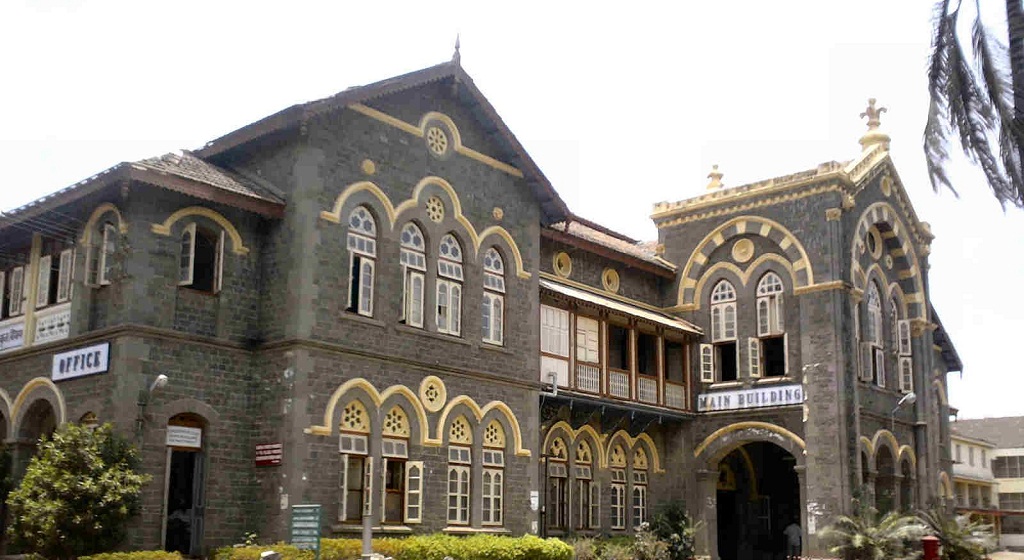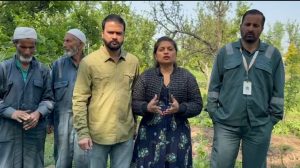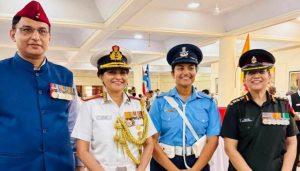Pune: Fergusson College Bird Survey Records 81 Species, Notes Decline Amid Climate Change

Pune, 22nd April 2025: A recent birdwatching survey conducted by students of Fergusson College revealed the presence of 81 different bird species within the college campus, including both native and migratory birds from Europe. However, this number marks a decline of seven species compared to the count recorded in 2023.
The bird census was conducted from February 14 to 17 as part of the global initiative The Great Backyard Bird Count, led by the Cornell Lab of Ornithology and the National Audubon Society. A total of 68 students participated in the initiative, logging 2,186 observations through a mobile application. Nationally, over 66,000 observations were submitted, documenting 1,086 bird species. In Maharashtra alone, more than 5,000 observations captured data on 400 species.
“These birds travel long distances to reach India, often losing weight due to their small size and the challenges of migration,” explained Dr. Meenakshi Mahajan, Head of the Botany Department at Fergusson College. “During this time of year, Europe is covered in snow, and food is scarce. In search of safer habitats and nourishment, many birds migrate and find refuge in biodiversity-rich areas like the Fergusson campus between October and February.”
Dr. Mahajan noted frequent sightings of the Coppersmith Barbet (Tambat), which was observed repeatedly returning to its nest built in a dried tree trunk about 10 to 12 feet off the ground. Other commonly seen local birds included kites, parrots, mynas, brainfever birds, paradise flycatchers, tailorbirds, red-vented bulbuls, and owls. Additionally, migratory species such as the green warbler, red-breasted flycatcher, and tree pipit were recorded.
Students shared their thoughts on the experience, stating, “Climate change and urbanization are threatening bird habitats, leading to a decline in bird populations. This bird survey was not only enlightening but also inspiring. It sparked our interest in birdwatching and allowed us to combine scientific inquiry with creativity and skill development. It added a hands-on dimension to our learning.”





